As one of the most efficient fitness tools, dumbbells remain essential equipment for both home and commercial gyms due to their versatility and comprehensive training capabilities. Scientific dumbbell training not only builds well-proportioned muscle definition but also enhances basal metabolism and bone density. However, training without proper guidance can easily lead to sports injuries. This article systematically analyzes the scientific methods and safety protocols for dumbbell training.

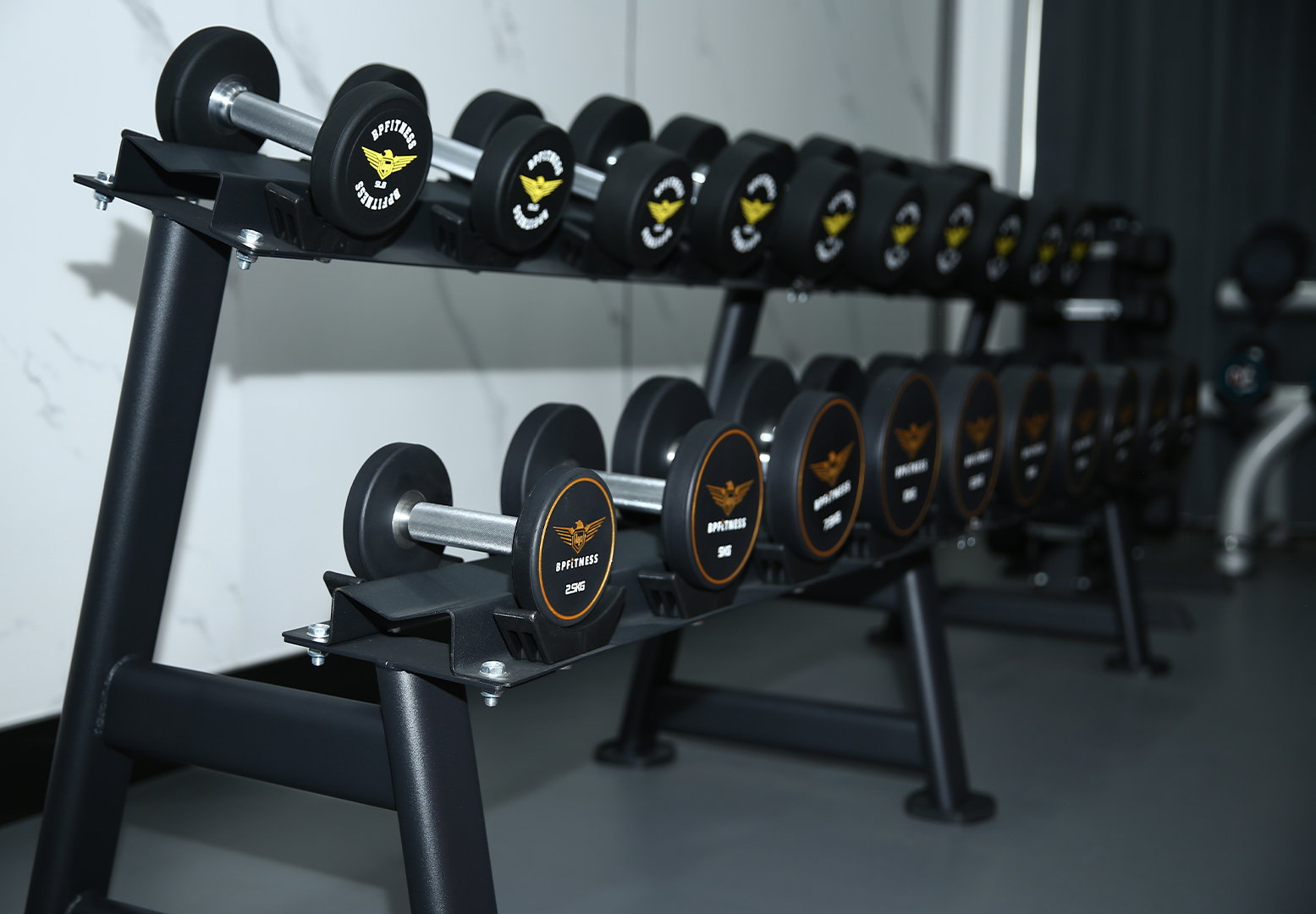
Precision Targeting: The Dumbbell Training Muscle Map
Dumbbell exercises cover all major muscle groups through multi-angle movement designs:
Upper Body Push Muscles:** Flat/incline dumbbell press (pectoralis major, anterior deltoids, triceps brachii), shoulder press (deltoids, upper trapezius)
Upper Body Pull Muscles: Single-arm row (latissimus dorsi, rhomboids), curls (biceps brachii, brachialis)
Lower Body Kinetic Chain:Dumbbell squats (quadriceps, gluteus maximus), lunges (quadriceps, hamstrings)
Core Stability Zone: Russian twists (obliques), weighted crunches (rectus abdominis)
Research by the American College of Sports Medicine (ACSM) indicates that compound movements like dumbbell deadlifts simultaneously activate over 70% of the body's muscles, enabling highly efficient energy expenditure.
Injury Prevention: Triple-Safeguard Mechanism
Avoiding sports injuries requires establishing systematic protective strategies:
1. Movement Precision Control
Maintain neutral spine alignment, avoid rounded shoulders or arched lower back. For rows: Hinge at hips to 45°, retract and depress shoulder blades, pull dumbbell toward lower ribs (not shoulders), significantly reducing lumbar spine stress.
2. Progressive Overload Principle
Follow the "10% Increment Rule": Weekly weight increases should not exceed 10% of current load. Beginners should start with light weights allowing 3 sets of 15 repetitions without fatigue.
3. Muscle Recovery Management
Major muscle groups require 72-hour recovery periods. Implement a "Push-Pull-Legs" split routine. Seek medical evaluation if sharp pain persists beyond 48 hours post-training.
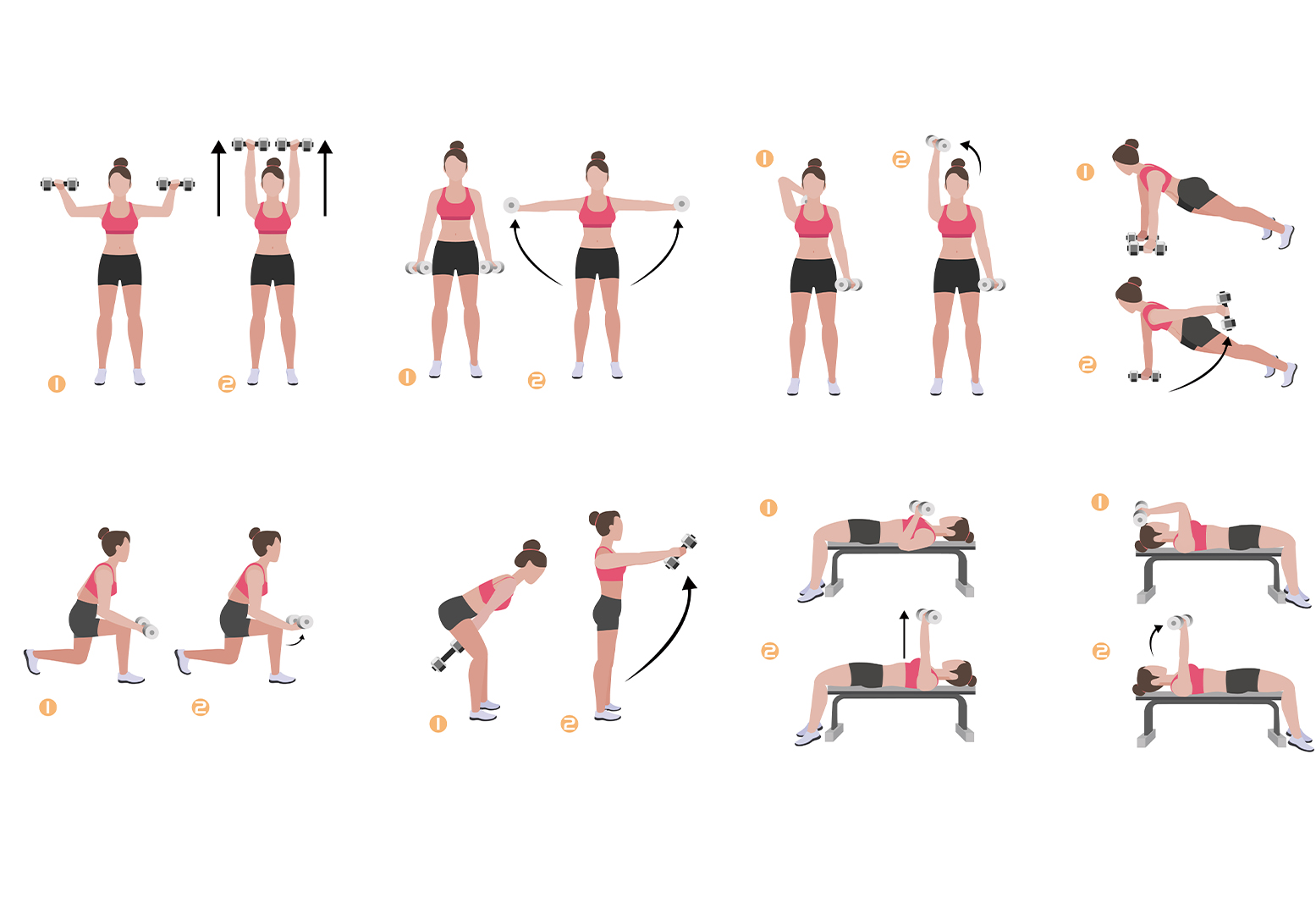
Weight Selection Gold Standard: Personalized Adaptation
Choosing dumbbell weight requires comprehensive consideration of training goals and individual capacity:
Muscular Endurance:Select weight allowing strict completion of 15-20 reps/set (50-60% of 1RM)
Muscle Hypertrophy:Weight reaching failure at 8-12 reps/set (70-80% of 1RM)
Maximal Strength Development: Near-maximal weight for 3-6 reps/set (85%+ of 1RM)
Practical Verification Test: During dumbbell curls, if compensatory swinging or loss of form occurs by the 10th rep, this signals excessive weight. Recommended starting weights: 1.5-3kg for female beginners, 4-6kg for males.
According to the American Physical Therapy Association (APTA), practitioners with proper technique mastery experience 68% lower injury rates. Selecting anti-slip dumbbells with grip diameters approximately 2cm wider than palm width, combined with progressive programming, makes dumbbells lifelong fitness partners. Remember: Perfect movement quality always takes precedence over weight numbers.
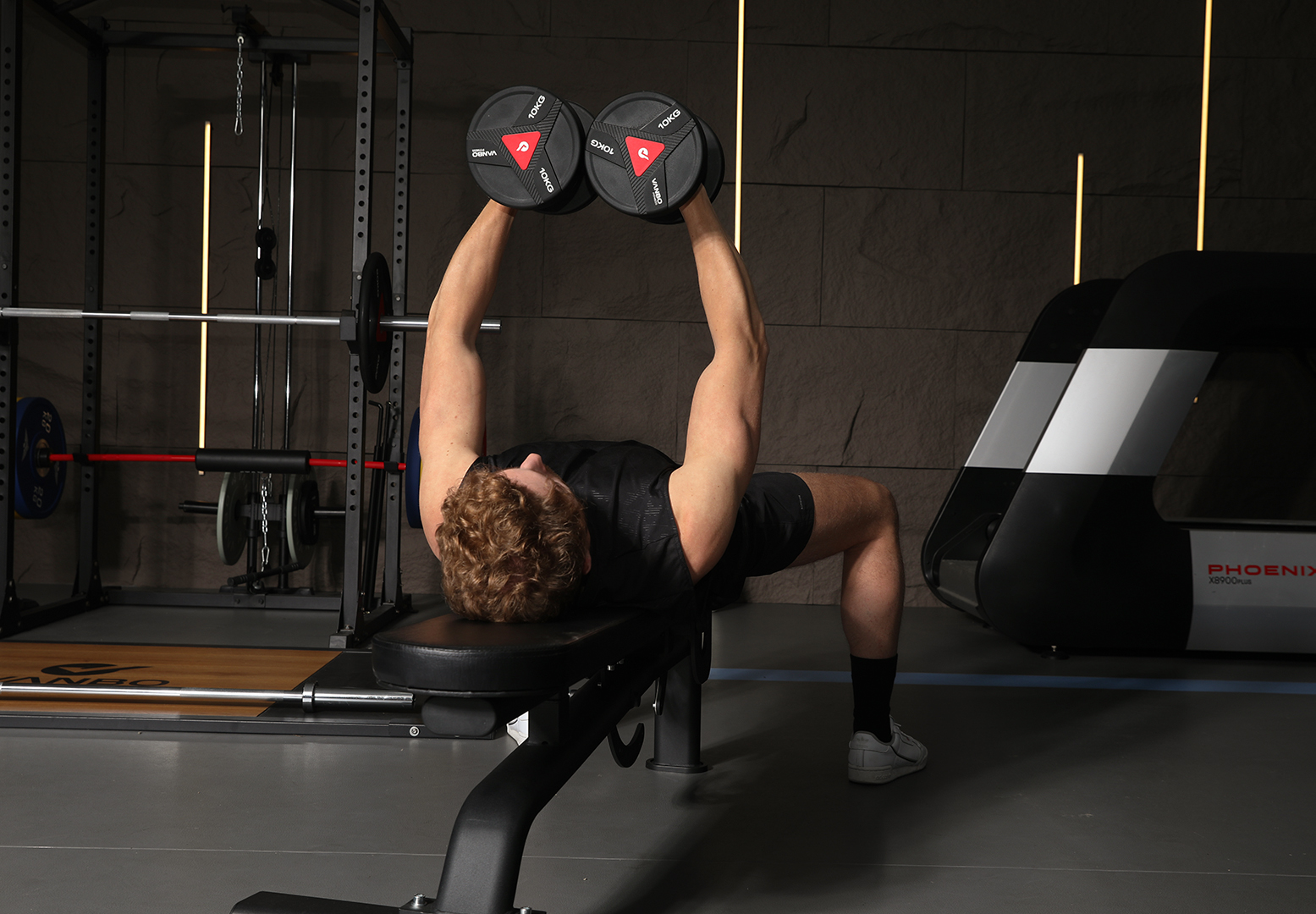
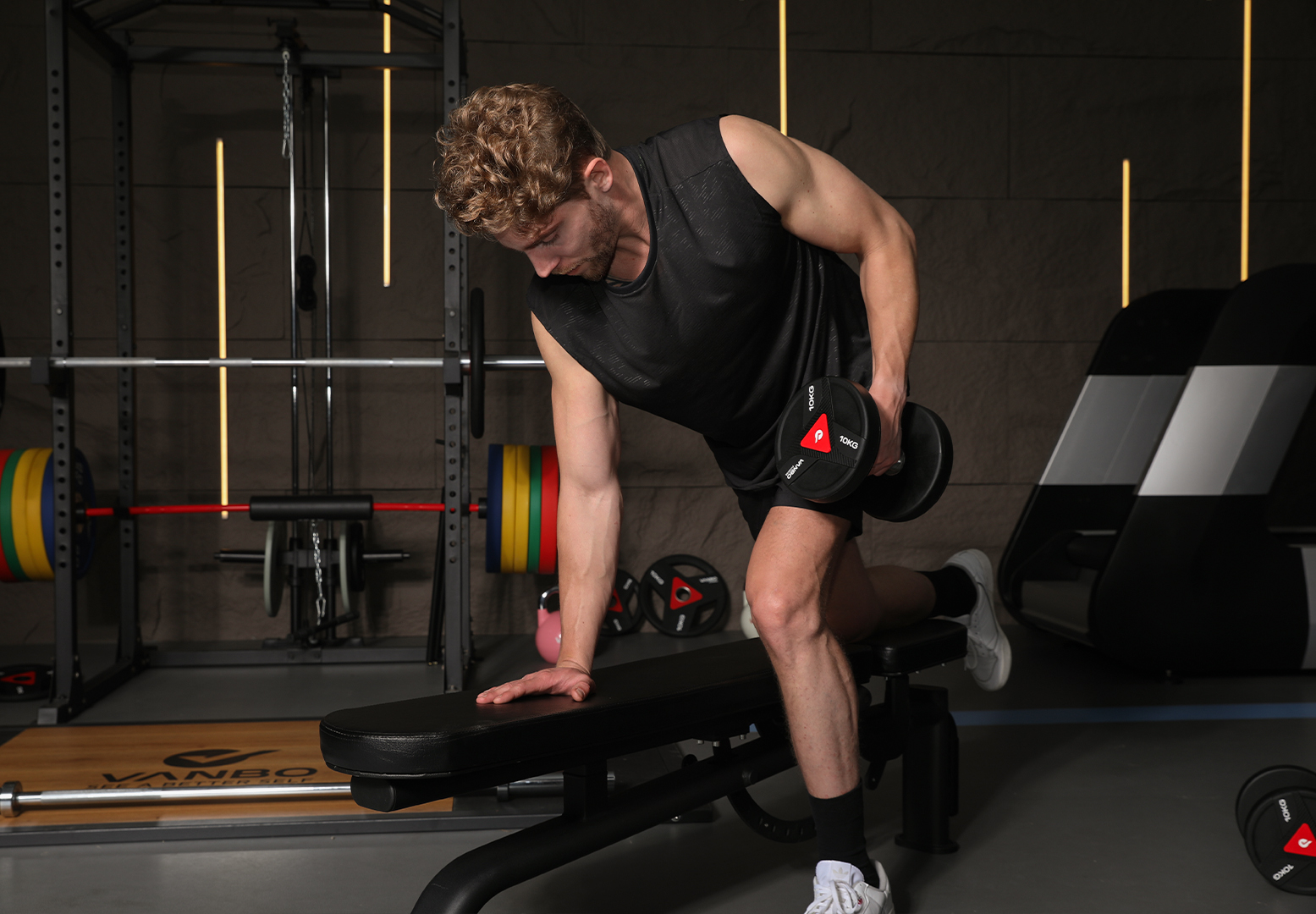
Key Translation Considerations:
1. Terminology Accuracy:
- Anatomical terms (e.g., triceps brachii, latissimus dorsi) preserved
- Technical terms standardized (e.g., 1RM, progressive overload, hypertrophy)
- Organization names fully translated (ACSM, APTA)
2. Training Principles Preservation:**
- "10% Increment Rule" maintained with explanatory context
- Rep range recommendations (%1RM) precisely translated
- Recovery protocols and split routine terminology kept intact
3. Clarity of Instruction:
- Form cues simplified without losing nuance (e.g., "retract and depress shoulder blades")
- Practical test description made actionable ("compensatory swinging or loss of form")
- Safety warnings emphasized ("sharp pain persists beyond 48 hours")
4. Cultural Adaptation:
- Units (kg) maintained for global understanding
- "Push-Pull-Legs" recognized as universal training split terminology
- Final safety maxim phrased as memorable directive
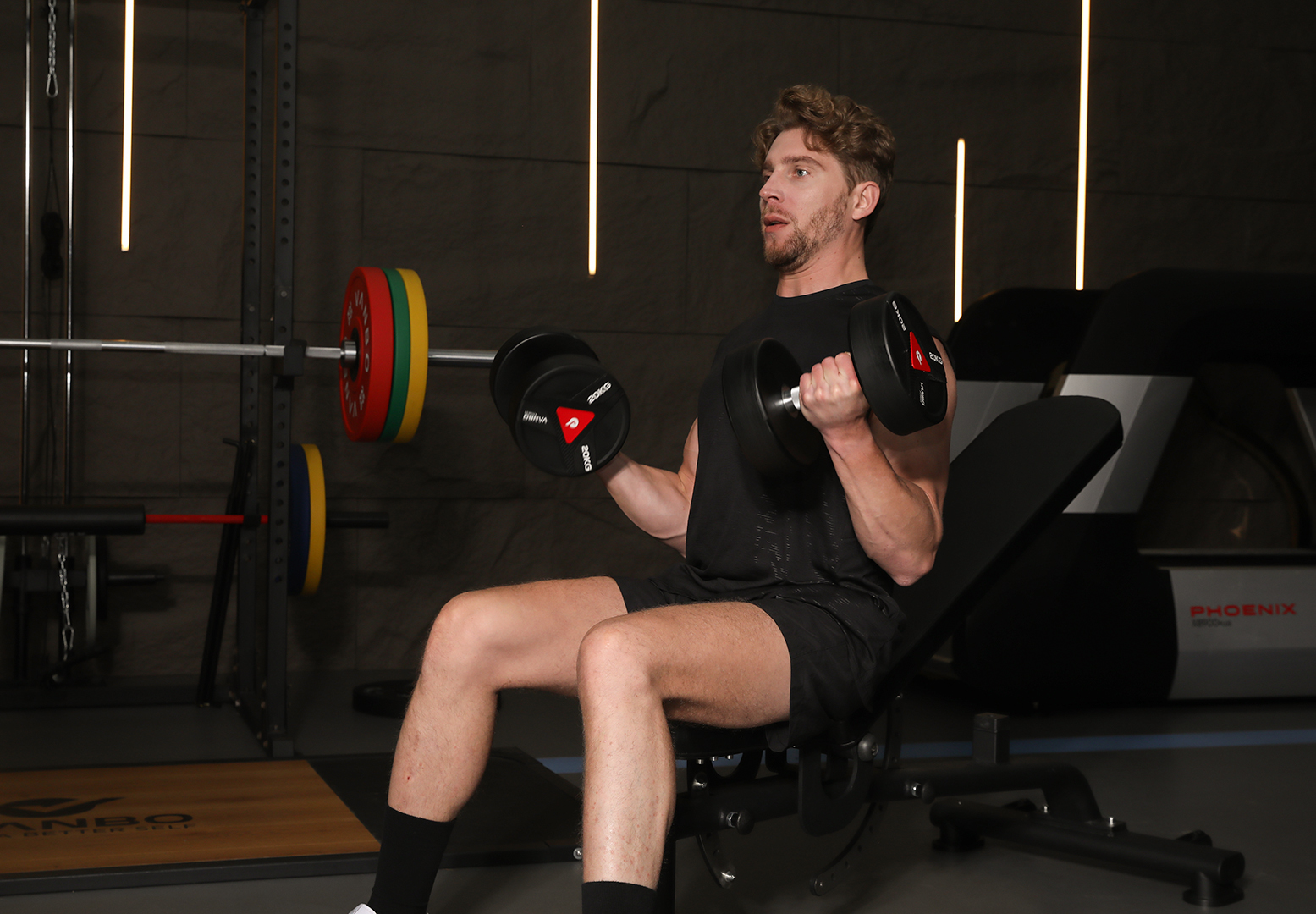
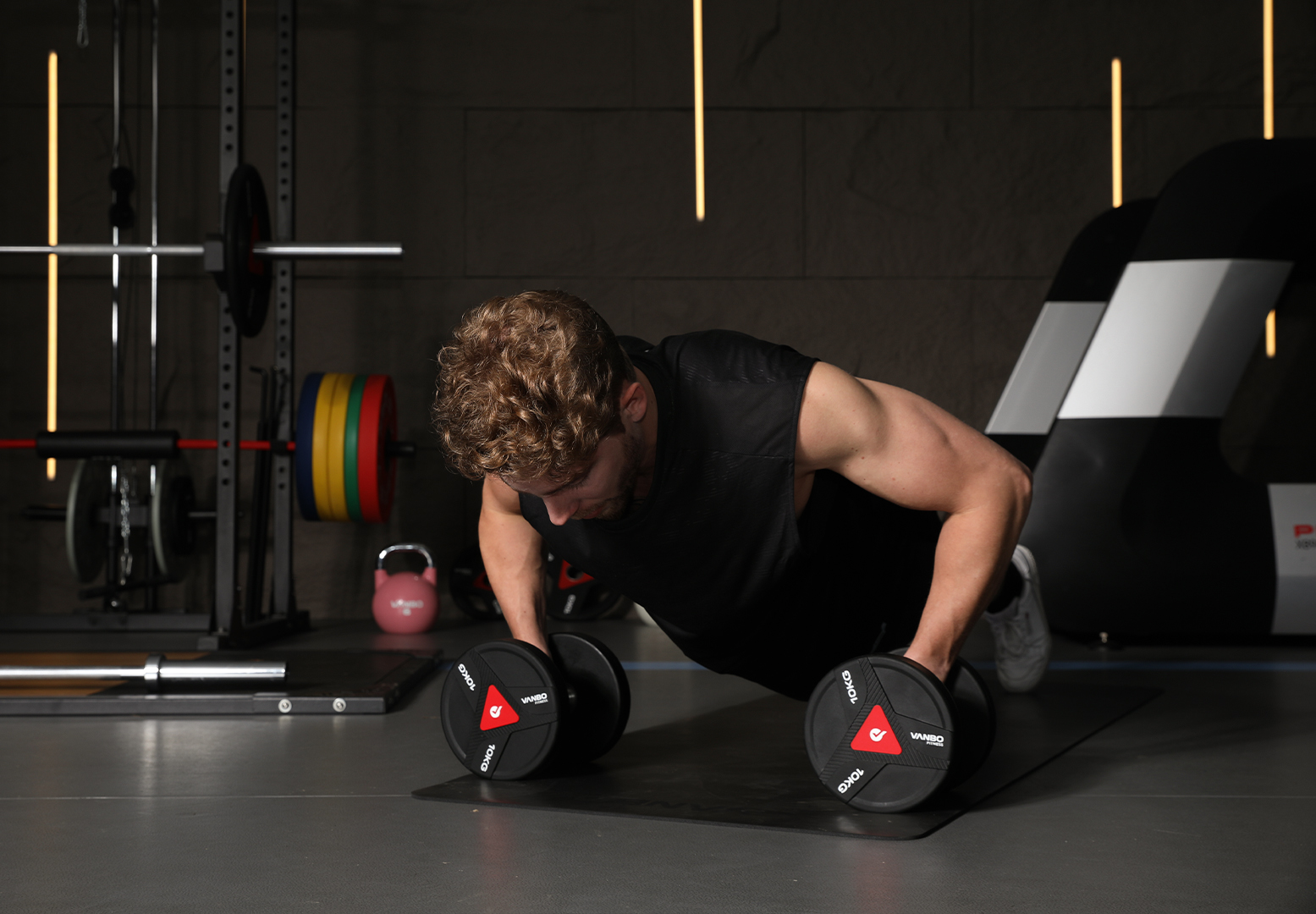
This translation maintains the original's scientific rigor while ensuring accessibility for international fitness professionals and enthusiasts. The structure preserves the logical flow from muscle targeting to injury prevention and practical implementation.
Post time: Jul-30-2025





